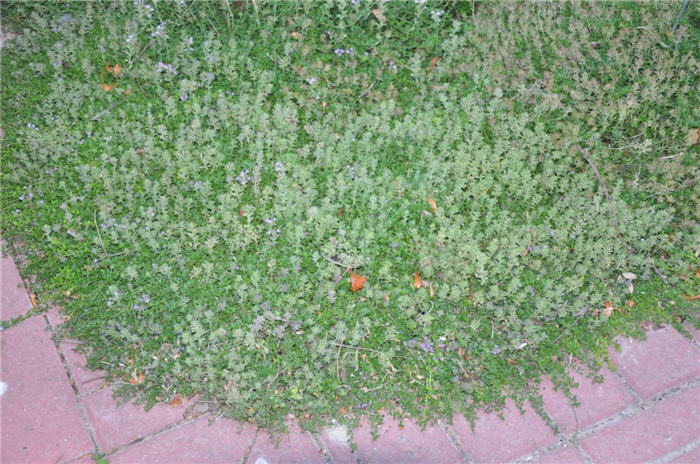| Botanical Name: Thymus praecox arcticus 'Elfin' | |
| Common Name: Elfin Creeping Thyme |

-
Anatomy
-
Culture
-
Design
Plant Type
Ground cover, Perennial, Herb
Height Range
Under 1'
Flower Color
Pink
Flower Season
Spring, Summer
Leaf Color
Grey Green
Bark Color
n/a
Fruit Color
n/a
Fruit Season
n/a
Sun
Full
Water
Low
Growth Rate
Slow
Soil Type
Sandy, Clay, Loam, Rocky, Unparticular
Soil Condition
Average, Rich, Poor, Well-drained, Dry
Soil pH
Neutral
Adverse Factors
Attracts Bees
Design Styles
English Cottage, Formal, Japanese, Mediterranean, Seascape, Spanish
Accenting Features
Fragrance, Showy Flowers, Unusual Foliage
Seasonal Interest
Spring, Summer, Fall
Location Uses
Entry, Perennial Border, Parking Strip, Patio, Walls / Fences, Walkways, With Rocks
Special Uses
Mass Planting, Lawn Alternative, Small Spaces
Attracts Wildlife
n/a
Information by: Stephanie Duer
Photographer:
Photographer:
-
Description
-
Notes
All of the thymes are relatively low growing creepers. Elfin Thyme has attractive, soft, gray-green foliage that forms a slow spreading, tightly matted mound. This is a perfect plant for between pavers and if you have the patience, it makes a nice lawn alternative. The lavender-pink flowers bloom in early summer and attract bees and butterflies. Grows 1 to 2 inches tall, with a spread of 12 to 18 inches.
Grow in well drained soil in full sun. Adaptive to soil types, but well draining is a must. If using over a large area for a groundcover, plant on 15 to 18 inch centers to ensure that it fills in by the end of the season. Thymes, while drought tolerant once established, need to be watered regularly for several weeks or until established. If using as a groundcover, plant plugs on 6 inch centers for a dense mat. Makes a nice alternative to turf. Deer and rabbit resistant.